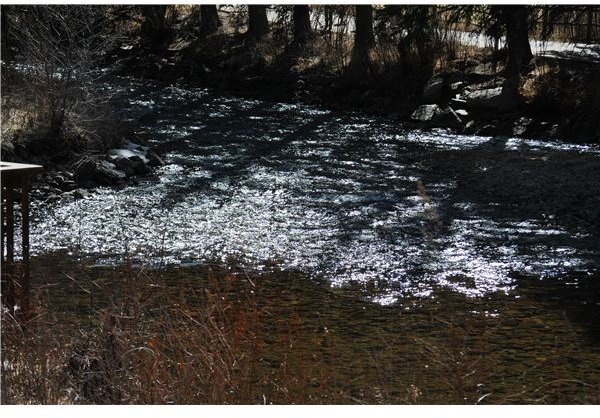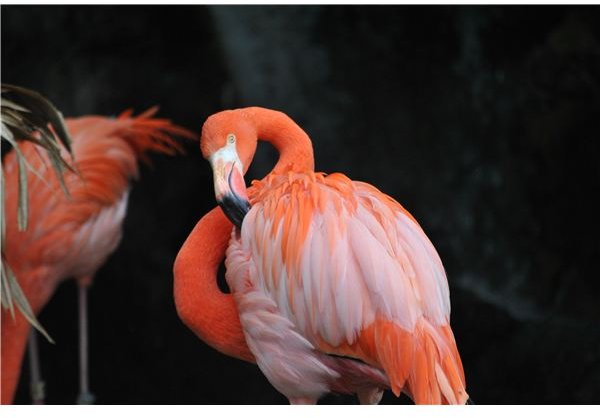Digital Photography Tutorial: Nature Photography for Beginners
How to Start Taking Nature Images
Nature photography captures the beauty of the world around us, and many people want to break into this field. But, there’s more to this field than simply snapping photographs of flowers, animals and mountains. This nature photography for beginners’ tutorial reviews common nature photography techniques and needed equipment.
Type of Nature Photography
First of all, you need to consider what types of things do you want to take photographs of. Nature includes animals, plants, insects, waterways, sunsets, etc. So, you need to think about what you want to specialize in. Most professional photographers have one
specialty.
If you don’t know what you want to focus on, start by taking pictures of everything. Then, figure out what you really like to do. Then, learn all the techniques connected with that particular field. You can, however, always take photographs of anything that you see. But, it helps to have at least one specialty.
Equipment
Now, it’s time to start purchasing your equipment. A good digital SLR camera is a must. Try out a few to see which one you like the best. Feel the weight. Do you like heavier or lighter cameras? Are the menu items easily accessible? Does the camera have enough features?
Once you decide on a camera, purchase lenses. Start off with both a wide-angle and telephoto lens. You will need both for nature photography. Landscape photography usually uses a wide-angle lens, and telephoto lens is required for animal photography. Buy some lens filters, and experiment with them to see the effect that they have on your images.
Get To Know Your Camera
Next, get to know your camera. Test it out, and learn the different menu settings. You’ll need to use a variety of settings. Read your manual, and learn how to change the ISO, exposure and shutter speed. You need an extremely fast shutter speed for animal photography. ISO is an alternative way to the flash. For example, you don’t want to use the flash for sunset photographs as it will dull the image.
Subject of Your Photographs

Think about the subjects that you want to take. If you want to capture flowers, think about when they are in bloom, and where you will find these flowers. If you want to capture wildlife, go to where they are, and figure out when they are the most abundant. Generally, this is either in the early morning or late afternoon. But, you may be able to capture them at a water source as well.
Experimentation
Experiment with angles. A straight-on photograph is not very interesting. Think about ways to make your photography standout from the crowd. Think about foreground and backgrounds. A foreground image in the lower left- or right-hand corner provides depth. A tree hanging over a lake frames it out.
The rule of thirds works very well. Break up your image into nine different quadrants, and place the subject of your photo where these quadrants meet.
Above all, experiment, and have fun. Take plenty of photographs, and always have a ton of memory cards on hand.
References
Africa-Nature-Photography.com, https://www.africa-nature-photography.com/nature-photography-equipment.html
Tkaczyk, Filip. “Nature Photography for Beginners”, https://www.wildernesscollege.com/nature-photography-for-beginners-article.html
Image Source: Author
